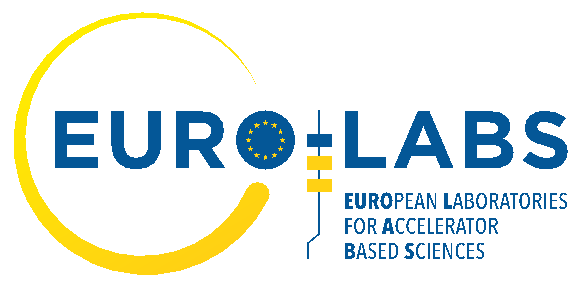WARNING: for hotel bookings do not give your data to any external services upon email request; there are known cases of fraud
Describing the interaction between nucleons and understanding how nuclei behave at the extremes of stability are two major goals of modern nuclear theory. Electroweak responses in nuclei from the low-energy to quasi-elastic regimes provide a means to address these aims. The study of electromagnetic nuclear responses has a direct impact on understanding the correlations of nucleons inside halo systems, determining the slope of the symmetry energy, and illuminating the nature of short-range correlations in nuclei. Moreover, reliable predictions of electroweak responses are pivotal for fundamental symmetries research, and have direct implications for a deeper understanding of astrophysical phenomena. The main aims of the program will be to assess state-of-the-art ab initio frameworks to study nuclei and nuclear matter, to identify possible benchmarks of the available methods, and to determine how we can use our frameworks to consistently make inferences about the nature of the nuclear interaction from terrestrial experiments and astrophysical observations. To gain insight into how we can improve our methods, we will include experts studying the dynamics of other strongly-interacting quantum-systems; for instance, such as systems encountered in condensed-matter and atomic physics. Further, we will emphasize how we can use advances in AI/ML to improve our models and assess theoretical uncertainties, as well as discussing how quantum computing could allow us to study the dynamics of nuclei and nuclear matter.
Supporting project and institution
